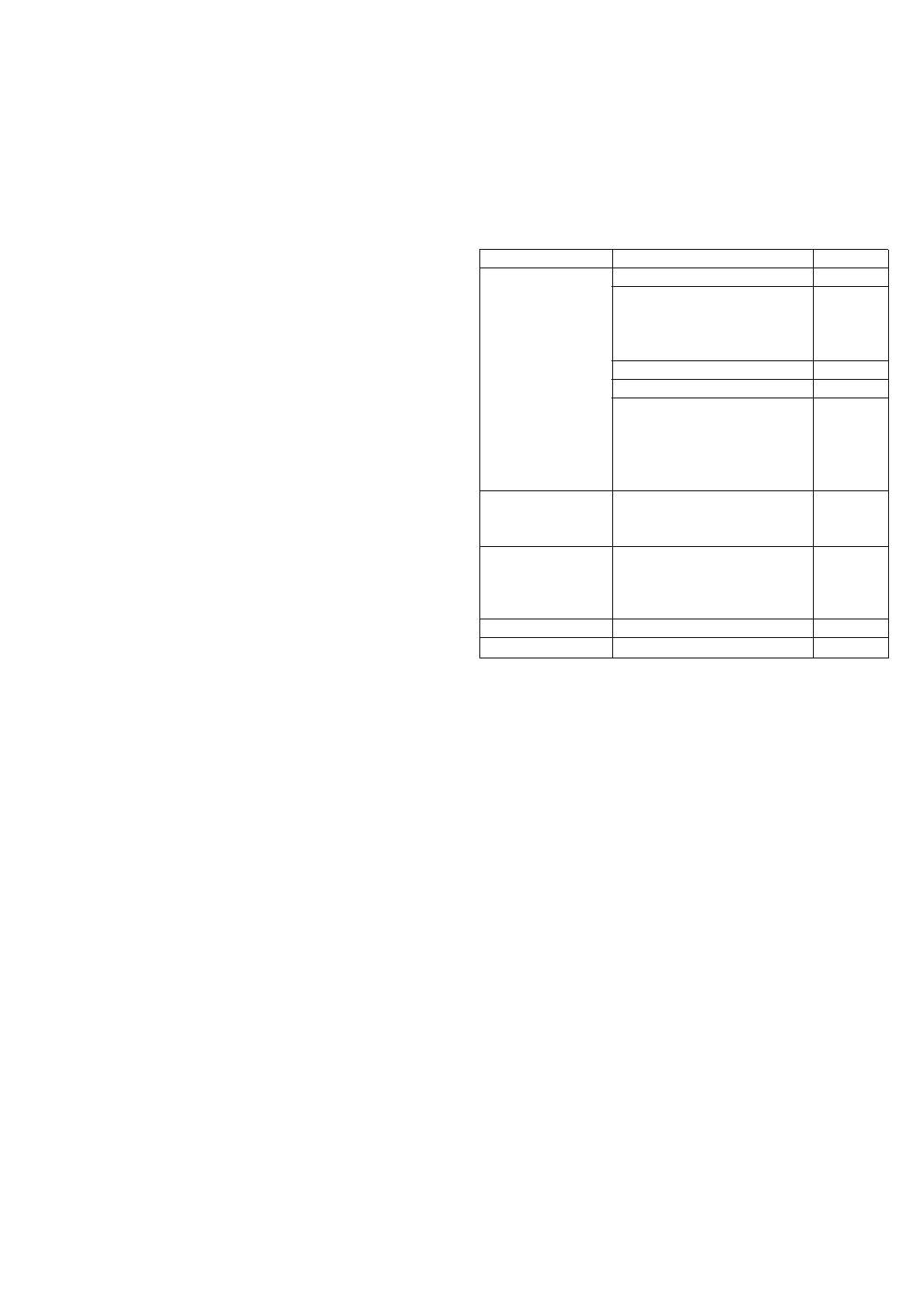
●
,
on/off.
5
.
●
.
●
.
.
6
, .
●
.
●
,
.
●
,
.
1
.
, .
2
.
.
3 .
4 ,
.
.
5 ,
.
6
.
●
,
. ,
.
●
, .. ,
. ,
.
●
.
●
.
●
,
60
.
.
●
-
.
●
.
●
. ,
,
-.
●
.
.
●
1.2 -
.
/
1 – 2
2
1 – 2
/ / 2
2
(500 ml 1
500
)
/
600 ml ) 1 - 2
/ 2
(250 ml ) 1 - 2
- / ,
2
, 1
1
2
●
250 .
●
340 .
●
1
●
400 g
●
1
/ 600 ml
●
6
●
1.2
' .
.
" ".
, ,
, , , ,
.
.
●
, ,
2 . .
●
.
59








